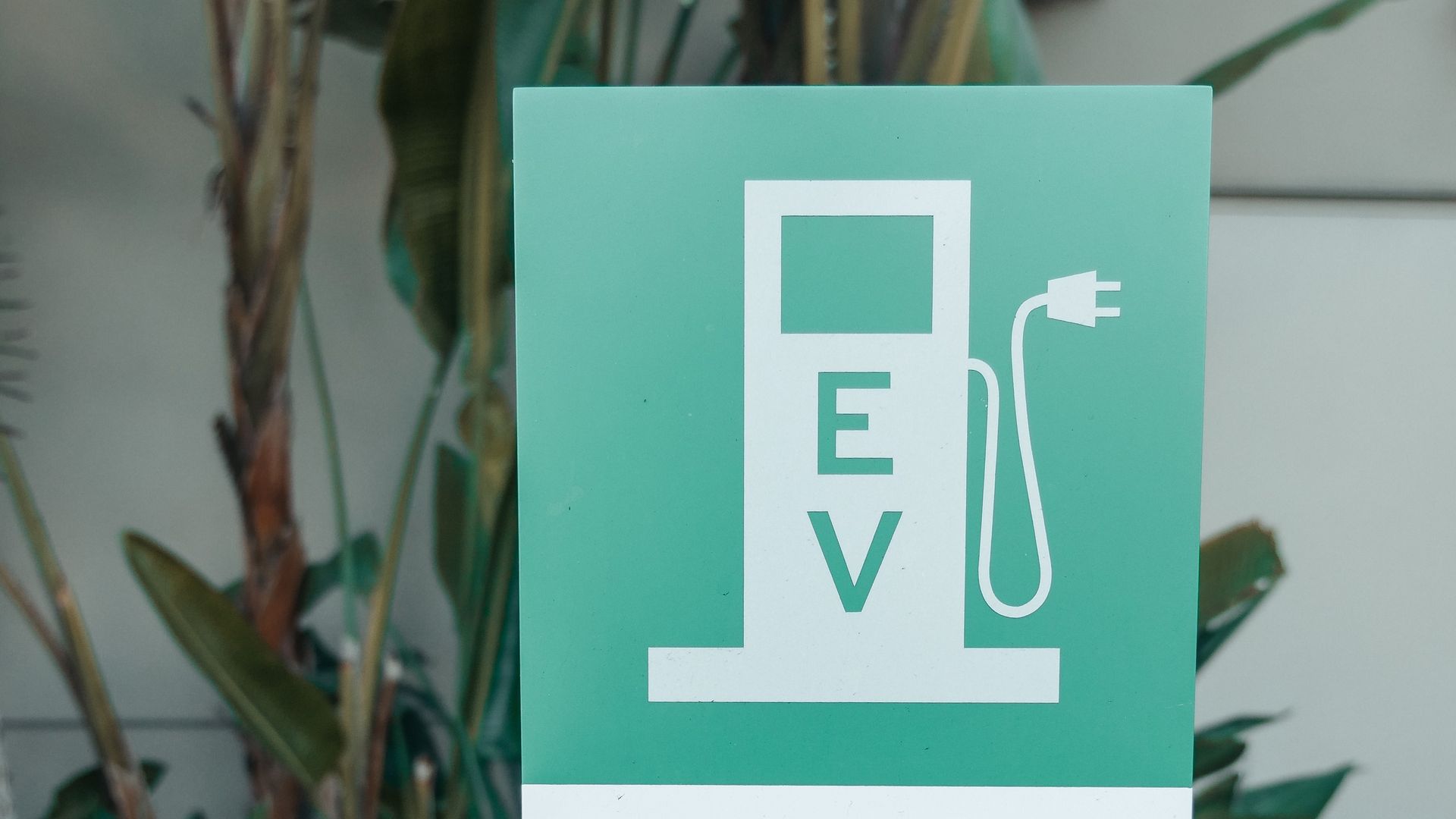Spotlight: 65% of UK Shopping Centres Have No Electric Car Charging
15th February 2023
Is There A Lack of Public Charging Infrastructure Development Compared to Electric Vehicle Sales?
At GMAP, we work with a number of businesses in the Electric Vehicle industry. There is a growing amount of interest in Plug-In Hybrids (PHEVs) and Battery Electric Vehicles (BEVs), which has increased with the UK’s Government incentive schemes and the announcement that the sale of new Petrol and Diesel vehicles is due to be outlawed by 2030. This is being shown in our vehicle registrations data; read our blog post on how the Q3 2022 DVLA data determined “One in Five New Cars Sold is a Battery Electric Vehicle”.
Whilst many Electric Vehicle owners will charge their vehicles at home, there is also a growing demand for public electric charging infrastructure. Public charging can be viewed in two main ways:
- Rapid Charging: for example, at a motorway service station, to get you back on your journey as quicky as possible.
- Destination Charging: for example, at your place of work or a shopping centre. This type of charging can be much slower due to a much longer dwell time.
There has been widespread concern over the lack of public charging infrastructure development compared to the growth of Electric Vehicle sales, and it does seem that Electric Vehicle registrations are constantly outpacing the required infrastructure.
Investigating Electric Car Charging Provision Around UK Retail Centres with RetailVision
To explore this concern over the lack of charging infrastructure, at GMAP we investigated what portion of the UK’s retail destinations had electric car charging provision using our RetailVision
product. RetailVision provides a detailed illustration of the UK’s retail landscape
with approximately 21,000 Retail Centres. Each Retail Centre is assigned a Centre Type.
Using the centroids of the RetailVision Retail Centres, we created 200m straight-line catchments around the Retail Centres and overlayed public charging point locations to observe the charging provision in the local vicinity of the Retail Centres. We then compared this by Retail Centre Type to further analyse charging infrastructure.
Less Than 40% of all UK Retail Centres Have Any Electric Car Charging Provision
The four main Retail Centre Types where we would expect to find Destination Charging are: Shopping Districts, Retail Parks, Shopping Centres and Factory Outlets. These are all ideal places for charging points due to the long dwell time that consumers and their vehicles spend at these destinations. They are well suited for slow and medium capacity charging.
Of these, 36% of Shopping Districts, 36% of Shopping Centres
and 37% of Factory Outlets all had charging facilities within 200m. Retail Parks had the lowest charging point provision, with only around 28% of them having charging within 200m.
In total, less than 40% of all UK Retail Centres had any electric car charging provision! This is staggering given that 1 in 5 new cars are Battery Electric Vehicles. The growing number of Electric Vehicles on UK roads will mean that this number will have to increase very quickly to be able to ensure sufficient destination charging supply.
Beyond Provision: The Volume of Chargers
It is important to consider it is not only the presence of charging that is important, but also the number of charging connectors. In an ideal scenario you would want to have free availability of charging points when arriving at a destination, rather than having to wait for a vehicle to move on that has potentially been there for an extended period of time. It will be interesting to see how UK Retail catches up with the demand and increase their volume of chargers!
What is RetailVision?
At GMAP, we specialise in providing objective ways to help clients across several sectors to make location planning decisions. This includes a host of location intelligence data products
that provide location intelligence; including our RetailVision product.
RetailVision location intelligence data
provides stakeholders with a comprehensive depiction of the UK retail landscape. This includes store locations with coverage of over 80,000 stores for over 800 brands in 27 categories, and 21,000 Retail Centres. Retail Centres are then aggregated into 13,000 Trade Zones, and further grouped in 800 Super Trade Zones to allow for macro-level comparisons.
Location Intelligence with RetailVision
For each Retail Centre, a variety of attributes are available which can allow you to compare UK retail destinations:
- Each Retail Centre is classified by a Type, e.g. Arcade, Shopping District, Retail Park
- Centres are segmented into 5 Categories: Premium, Mass+, Mass, Value+, and Value
- Centre Revenues – GMAP’s model simulates Bricks & Mortar Spend, which estimates Retail Centre Revenue to each Retail Centre by 4 product types: Grocery, Fashion & Comparison, Homeware & DIY, and Electrical. Revenues of different Centres can then be compared, by total Centre Revenue or by product type. Centres are then Ranked by Revenue – which is how we established the top 10 Retail Centres in the UK!
- Quarterly Geomobility indexes can help you to see how Centre footfall varies across different Centres, as well across time.
- Centre Footfall Catchments allow you to understand the distance travelled to a Centre, and therefore its ‘attractiveness’, as well as the catchment population.
Such Location Intelligence can support you in your business decision making, such as in making Location Planning Decisions.
How Can RetailVision Support Your Location Planning Decisions?
RetailVision Insight can be used for:
- Retail Location Planning – develop comprehensive estate strategies, such as tactics for expansion or rationalisation.
- Monitoring market share performance – how is your brand operating compared to the rest of the market?
- Benchmarking competitor brands – what are the location strategies of your competitor or affinity brands compared to your own? E.g., what type of Retail Centres are they in?
- Site Feasibility Assessments - quantify and rank the size of the revenue opportunity of a Retail Centre when provided with lease opportunities from commercial property agents.
Location Intelligence on the UK Vehicle Market with DVLA Data
As well as RetailVision, GMAP hold other data products that can support your location intelligence. One of these datasets includes DVLA Data which can enable you to gain insight in the UK vehicle market including Battery Electric Vehicles.
Get In Touch
If you would like to learn more about our RetailVision product or how you could gain insight into the UK vehicle market including Battery Electric Vehicles using the DVLA Data then please get in touch at info@gmap.com!




